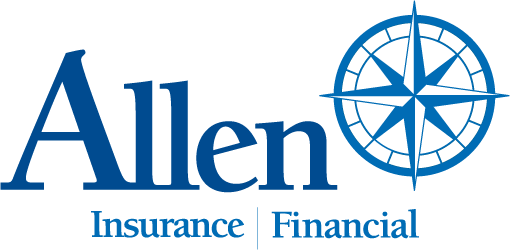

By Chris Richmond, CIC, AAI, CMIP
For WorkBoat Magazine, April 2024
At a recent conference I was speaking to a new owner of a commercial passenger vessel. He had stayed with the former owner’s insurance company and after reviewing coverages with the agent realized there were multiple gaps. While this was a beneficial meeting for the new owner, it revealed serious gaps in coverage for the previous. Here’s a short list:
- Changes in operation. When the original policy was written, the vessel operations consisted of just day cruises. As the business grew so did the operations. Multi-day overnight cruises were now standard. However, the policy warranties expressed day cruises and not overnight.
- Changes in navigation. While the vessel’s normal cruising area had not changed, one thing that had changed was that the vessel was traveling to a festival in a city outside of its warranted navigational territory. Had there been a claim while en route to or while at this port, coverage would have been denied due to a breach of navigational warranty.
- Propulsion When the original policy was written, the owner had additional coverage for the small boat that he used in conjunction with his larger boat. The policy had a stated value and a description of both the tender as well as the outboard. When it was time to replace the tired old outboard with a brand new unit, the owner failed to pass this information along to his agent. While the tender was still insured it did not reflect the increased value of the new motor.
- Extra crew. The operator’s policy has coverage for a stated number of crew. When the owner took the vessel on longer trips, he increased his crew count to better man the boat. What he didn’t do was update his crew coverage on his policy. Had there been a crew claim and it was determined that there were more crew on the vessel than stated in the policy, he could have faced a penalty based on the percentage he under reported.
Insurance is one of the larger expenses that you have with your vessel and operation. You want to do all you can before a claim occurs to ensure that you get paid in the event of an accident. Insurance claims should not be a roll of the dice: Take the time to review with your agent what you currently have and make sure to keep him or her up to date with any changes.



